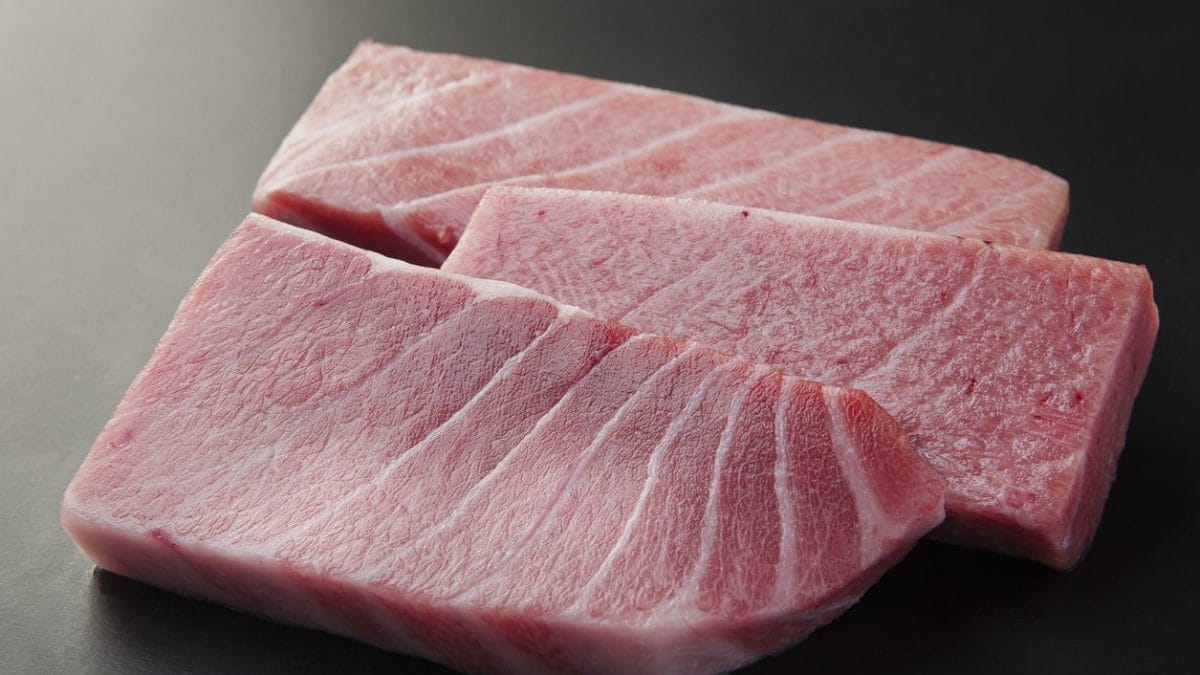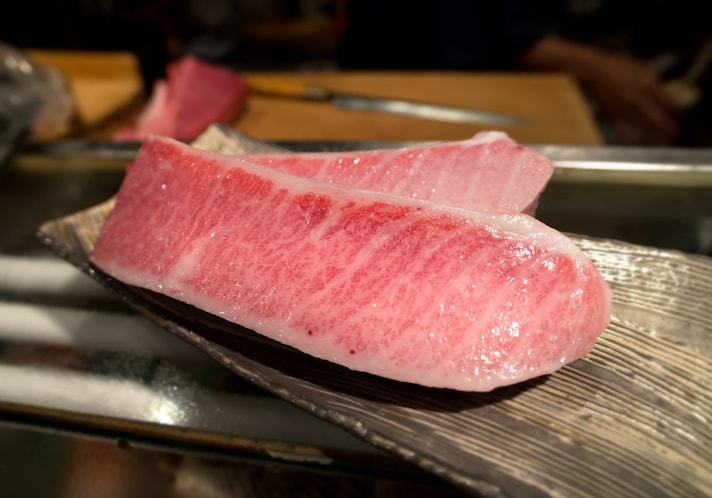
Ventresca is a delicious and delicately flavored cut of tuna obtained from the belly of the animal, in particular from bluefin tuna and yellowfin tuna. Eaten fresh or in oil, ventresca is a prized ingredient that is processed "as little as possible" in the kitchen so as to be able to enjoy the melting meat and its delicate flavor, given by the fatty component of the muscle band. Produced in the areas of Trapani and Sardinia, ventresca in oil resembles the more common canned tuna from which it is distinguished by its softer and lighter color.
Why is ventresca such a tasty part of tuna and how to treat it in the kitchen? Let's find out everything there is to know about this prized ingredient.
Ventresca: What Is It And How to Use it In The Kitchen
The ventresca is the most prized and delicious part of tuna, especially of red tuna and yellowfin tuna. Eaten fresh or in oil, the belly is obtained from the belly of the "sea pig" (because of the tuna, like of the pig, nothing is thrown away), from the area that surrounds the abdominal cavity which is also the fattiest part: it is precisely the muscle bundles of the belly, woven with fat, that make this cut incredibly tender and tasty.

Given its fatty component, the ventresca "prefers" cooking methods such as grilling, for short periods and at high temperatures: especially if consumed fresh in fact, it needs to be slightly degreased, in order to fully enjoy its unmistakable flavor.
How to use it? With the ventresca we can prepare delicious dishes, the important thing is that they are not overly elaborate recipes due to the richness of this cut of tuna. Excellent simply seared to season a plate of spaghetti, the tuna ventresca can also be breaded and lightly fried in boiling oil, for a dish that is decidedly alternative and delicious.
In Japan, the world's leading tuna farming and importing country, tuna ventresca is eaten raw as sashimi and is a true delicacy, highly sought-after in Japanese gastronomy.
;Resize,width=767;)
